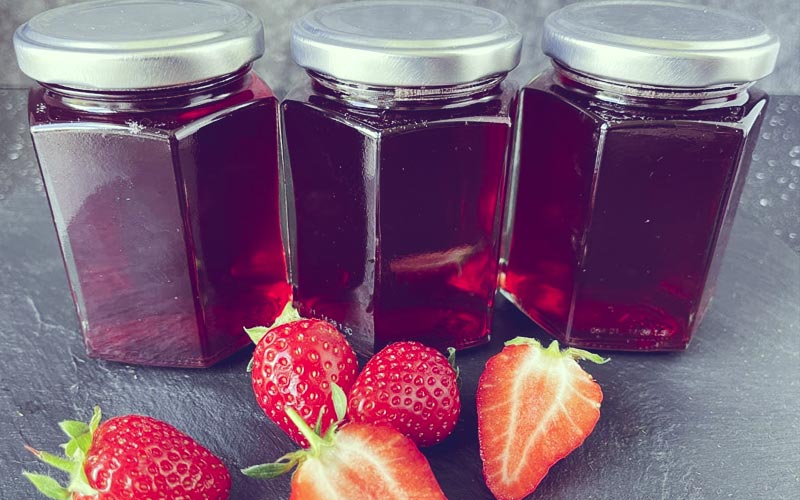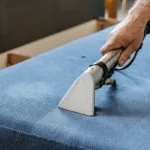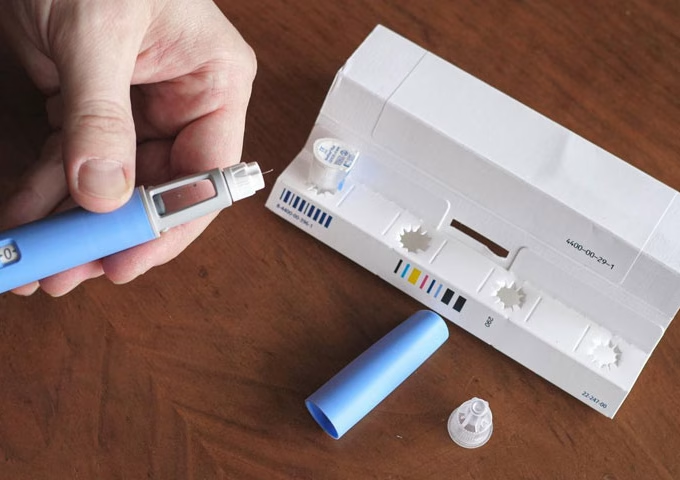Jelly that delightful and versatile fruit spread is a favorite in many households around the world. Whether you enjoy it on your morning toast, as a filling for pastries, or as a condiment for savoury dishes, the question of how long it takes for the jelly to set is essential for anyone looking to perfect their jelly-making skills. In this article, we will explore the science behind jelly setting factors that influence the setting time and provide you with some delicious jelly recipes to try at home.
The Science of Jelly Setting
Before diving into the specifics of setting times, it’s crucial to understand the science behind jelly-making. Jelly is made by extracting the natural pectin found in fruits, which creates a gel-like structure when combined with sugar and acid. Pectin is a carbohydrate that forms a network when heated and then cools, giving jelly its characteristic texture and consistency.
The setting of jelly is primarily influenced by three key factors:
Pectin Content: The natural pectin levels in fruits vary, which can affect the setting time. Fruits with higher pectin content, such as apples, currants, and citrus fruits, tend to set faster and more firmly.
Sugar Content: Sugar acts as a preservative and contributes to the setting process by helping to draw water out of the fruit and create the desired gel-like texture. The ratio of sugar to fruit affects the setting time and the overall sweetness of the jelly.
Acidic Ingredients: The addition of acidic ingredients, such as lemon juice, vinegar, or citric acid, is essential for activating the pectin and ensuring a successful jelly set. The acidity also plays a role in the overall flavour profile.
Setting Times for Jelly
The time it takes for jelly to set can vary depending on the fruit, sugar, and acid content and the cooking method used. Generally, jelly-making involves simmering the fruit mixture until it reaches a certain temperature or passes the “wrinkle test,” a technique that helps determine if the jelly has set. Here are some approximate setting times for different types of jelly:
1. High-Pectin Fruits (e.g., apples, currants, quinces)
Cooking Time: 10-20 minutes
Setting Temperature: 220-222°F (104-106°C)
Wrinkle Test: Drop a small amount of the mixture onto a cold plate. If it wrinkles and holds its shape when pushed with a finger, it’s ready.
2. Medium-Pectin Fruits (e.g., berries, cherries, grapes)
Cooking Time: 15-25 minutes
Setting Temperature: 220-222°F (104-106°C)
Wrinkle Test: As described above.
3. Low-Pectin Fruits (e.g., peaches, apricots, plums)
Cooking Time: 20-30 minutes
Setting Temperature: 220-222°F (104-106°C)
Wrinkle Test: As described above.
It’s essential to note that these times are approximate and can vary depending on the specific fruit, ripeness, and the recipe you’re following. Experienced jelly-makers often rely on the wrinkle test to determine when their jelly has reached the desired consistency.
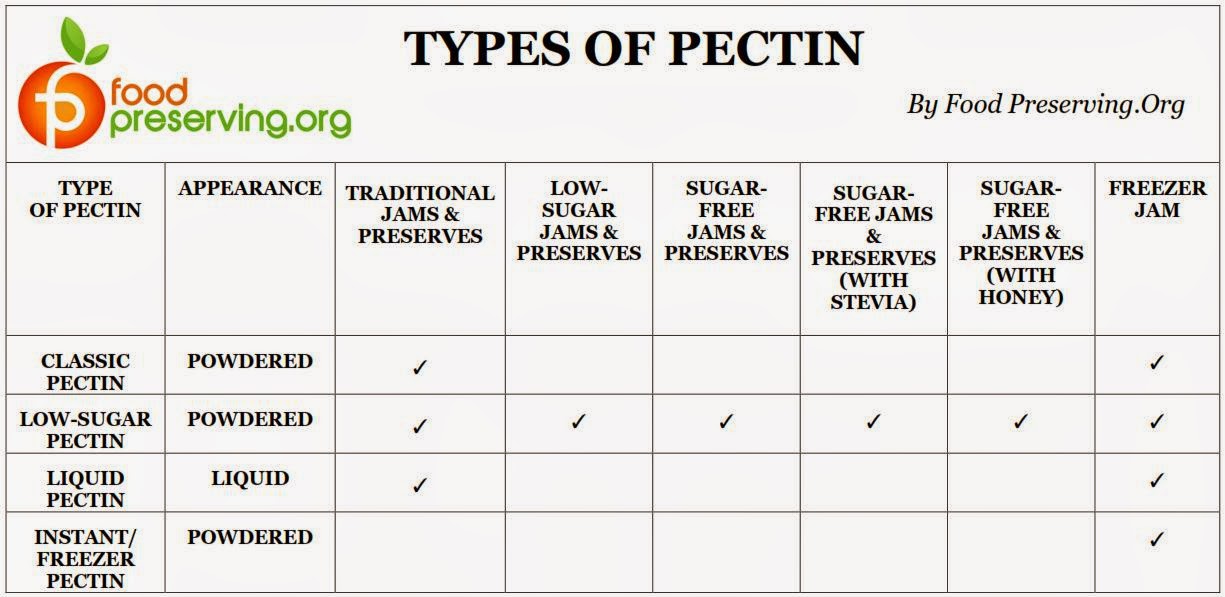
Factors Influencing Jelly Setting Time
Several factors can influence the setting time of jelly:
1. Fruit Ripeness: Ripe fruits contain more natural pectin, making them ideal for jelly-making. Underripe fruits may require additional pectin or extended cooking time to achieve a proper set.
2. Sugar Content: The amount of sugar used affects both the jelly’s sweetness and setting time. Reducing the sugar may result in a softer set and may require a longer cooking time.
3. Acid Levels: The acidity of the fruit and the addition of lemon juice or other acidic ingredients play a crucial role in activating pectin. Adjusting the acidity can impact the setting process.
4. Altitude: Cooking at higher altitudes can affect the setting temperature and time so adjustments may be necessary for those living in mountainous regions.
5. Cooking Method: Traditional stovetop cooking is the most common method for making jelly, but other methods, such as using a slow cooker or pressure cooker, can also be employed with varying results.
Easy Jelly Recipes to Try
Now that you better understand the science and factors influencing jelly setting times let’s explore a couple of delicious jelly recipes for you to try at home.

Classic Strawberry Jam
Ingredients:
- 4 cups ripe strawberries, hulled and crushed
- 4 cups granulated sugar
- 1/4 cup fresh lemon juice
Instructions:
- Combine crushed strawberries, lemon juice, and sugar in a large saucepan. Stir well and let it sit for 10 minutes to macerate the fruit.
- Place the saucepan over medium-high heat and bring the mixture to a boil, stirring frequently.
- Once boiling, continue to cook until the mixture reaches 220-222°F (104-106°C) or passes the wrinkle test.
- Skim off any foam that forms on the surface.
- Pour the hot jam into sterilized jars, leaving a 1/4-inch headspace. Seal the jars and process them in a hot water bath for 10 minutes to ensure proper preservation.
- Allow the jars to cool and set before storing them in a cool, dark place.
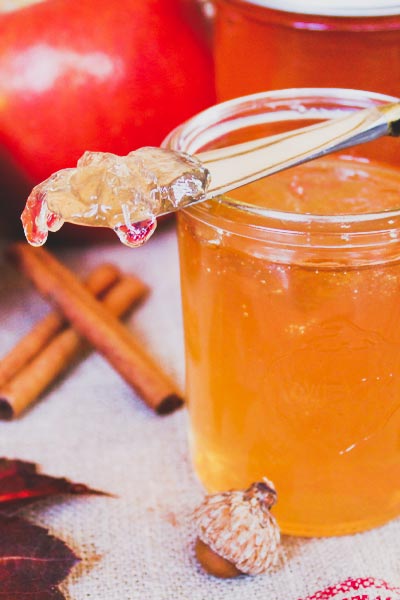
Apple Cinnamon Jelly
Ingredients
- 6 cups apple juice (from fresh apples or store-bought)
- 1/4 cup fresh lemon juice
- 4 cups granulated sugar
- 2 cinnamon sticks
Instructions
- Combine apple juice, lemon juice, sugar, and cinnamon sticks in a large saucepan.
- Bring the mixture to a boil over medium-high heat, stirring occasionally.
- Continue cooking until the jelly reaches 220-222°F (104-106°C) or passes the wrinkle test.
- Remove the cinnamon sticks and skim off any foam.
- Pour the hot jelly into sterilized jars, leaving a 1/4-inch headspace. Seal the jars and process them in a hot water bath for 10 minutes.
- Allow the jars to cool and set before storing.
Frequently Asked Questions
Q 1. What is the difference between jam and jelly?
Jam is made from crushed or mashed fruit, which includes fruit pulp and often small pieces of fruit. Jelly, on the other hand, is made from fruit juice, sugar, and sometimes pectin, resulting in a clear, gel-like spread without fruit pieces.
Q 2. What fruits are best for making jelly?
Fruits with high pectin content, such as apples, currants, citrus fruits, and quinces, are excellent choices for making jelly. However, you can make jelly from a variety of fruits, adjusting the recipe for those with lower natural pectin levels.
Q 3. How do I test if my jelly has been appropriately set?
There are two standard methods to test jelly’s set:
Temperature Test: Use a candy or kitchen thermometer to check if the jelly has reached the desired setting temperature, typically 220-222°F (104-106°C).
Wrinkle Test: Drop a small amount of the hot jelly onto a cold plate or saucer. Allow it to cool for a moment, then push it with your finger. If it wrinkles and holds its shape, it has set.
Q 4. Can I use less sugar in my jelly recipe?
Sugar is a crucial component of jelly-making, as it helps with preservation, texture, and flavour. Reducing sugar can result in a softer set and may affect the jelly’s shelf life. It’s possible to find low-sugar or no-sugar pectin options if you want to reduce sugar content.
Q 5. What role does acid play in jelly-making?
Acid, often added in the form of lemon juice or vinegar, is essential for activating pectin and achieving a proper jelly set. It also contributes to the jelly’s flavour and helps with preservation.
Q 6. Can I make jelly without pectin?
Yes, you can make jelly without commercial pectin by using high-pectin fruits, such as apples or citrus fruits, and following traditional recipes that rely on natural pectin content. However, it may require longer cooking times.
Q 7. Do I need special equipment for jelly-making?
While not essential, having the right equipment can make the process easier. Essential equipment includes a large saucepan, a candy thermometer, sterilized jars and lids for canning, and a canning funnel for filling jars cleanly.
Q 8. How long does homemade jelly last?
Homemade jelly, adequately sealed and stored in a cool, dark place, can last for up to a year or more. Once opened, refrigerate the jelly and use it within a few weeks to maintain its quality.
Q 9. Can I fix the jelly that didn’t set properly?
If your jelly doesn’t set as desired, you can try reheating it and adding more pectin or sugar according to your recipe. Be sure to follow the instructions carefully to avoid overcooking or altering the flavour.
Q 10. What are some creative jelly flavour combinations?
You can get creative with jelly flavours by combining different fruits and complementary ingredients. Some ideas include raspberry peach, blueberry lavender, or jalapeño pepper jelly for a spicy kick.
Conclusion
Jelly-making is a rewarding culinary endeavour that allows you to capture the flavours of your favourite fruits in a delicious spread. While the setting time of jelly can vary depending on several factors, understanding the science behind it and experimenting with different fruits and recipes will help you become a skilled jelly-maker. Whether you prefer the classic sweetness of strawberry jam or the warm spices of apple cinnamon jelly, homemade jelly adds a touch of homemade goodness to your pantry. So, roll up your sleeves, grab some fresh fruits, and start making your own delightful jellies today!

